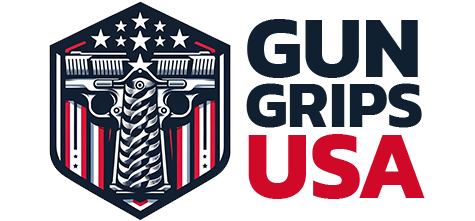🔍 Forensic-Critical Parts of a Handgun: What Law Enforcement Looks At
When a firearm is used in a crime, investigators rely on forensic science to trace the weapon, match it to bullets or casings, and link it to a suspect. This process is called forensic ballistics. Specific parts of the handgun leave unique marks on bullets and casings — and these parts are the primary focus during criminal investigations.
Below is a list of the most critical components of a handgun from a forensic perspective:
🔧 Key Forensic Parts of a Handgun
| Part Name | Forensic Importance / Evidence Type |
|---|---|
| Barrel | Leaves rifling marks on the bullet (lands and grooves). |
| Firing Pin | Creates a unique indentation on the primer of the cartridge. |
| Breech Face | Imprints breech face marks on the cartridge base. |
| Extractor | Scrapes the case rim, leaving extraction marks. |
| Ejector | Leaves ejection marks when the spent casing is expelled. |
| Trigger & Trigger Group | May contain fingerprints, DNA, or usage traces. |
| Magazine & Feed Ramp | Can hold biological residue or tool marks. |
| Muzzle (Barrel Tip) | Important for gunshot residue (GSR) and close-range analysis. |
🔬 Additional Evidence Commonly Collected
Serial Number (on frame or slide): Used for firearm identification and registration.
Gunshot Residue (GSR): Tested on the suspect’s hands or clothing.
Fingerprints & DNA: Often lifted from the grip, trigger, magazine, or slide.
Tool Marks: Left by manufacturing tools or post-manufacture modifications.
⚠️ Legal & Ethical Note
Tampering with or altering any of the parts listed above to avoid forensic detection is a federal crime in the United States and most countries. This includes:
Defacing serial numbers
Modifying the barrel or firing pin
Replacing parts to avoid ballistic matching
Such actions can result in serious criminal charges, including imprisonment and lifetime firearm bans.
🎯 Why This Matters
Understanding which parts are forensic-sensitive is important for:
Law-abiding gun owners who want to maintain their firearms responsibly
Firearm professionals such as gunsmiths or instructors
Collectors and enthusiasts interested in the forensic sciences
Knowing how a firearm interacts with evidence can also improve shooting discipline, safety practices, and awareness of legal risks.
Whether you’re interested in handgun ballistics, firearm forensic science, or simply want to understand how your pistol interacts with bullets and casings, this guide offers a complete breakdown. Learn how each part of a semi-automatic handgun — from the barrel to the ejector — plays a role in forensic firearm identification. Stay informed about gunshot residue (GSR), rifling marks, and how law enforcement matches a handgun to a crime scene.
For more insights on concealed carry firearms, custom handgun grips, and self-defense tips, explore our blog at GunGripsUSA.com — where firearm safety meets craftsmanship.
